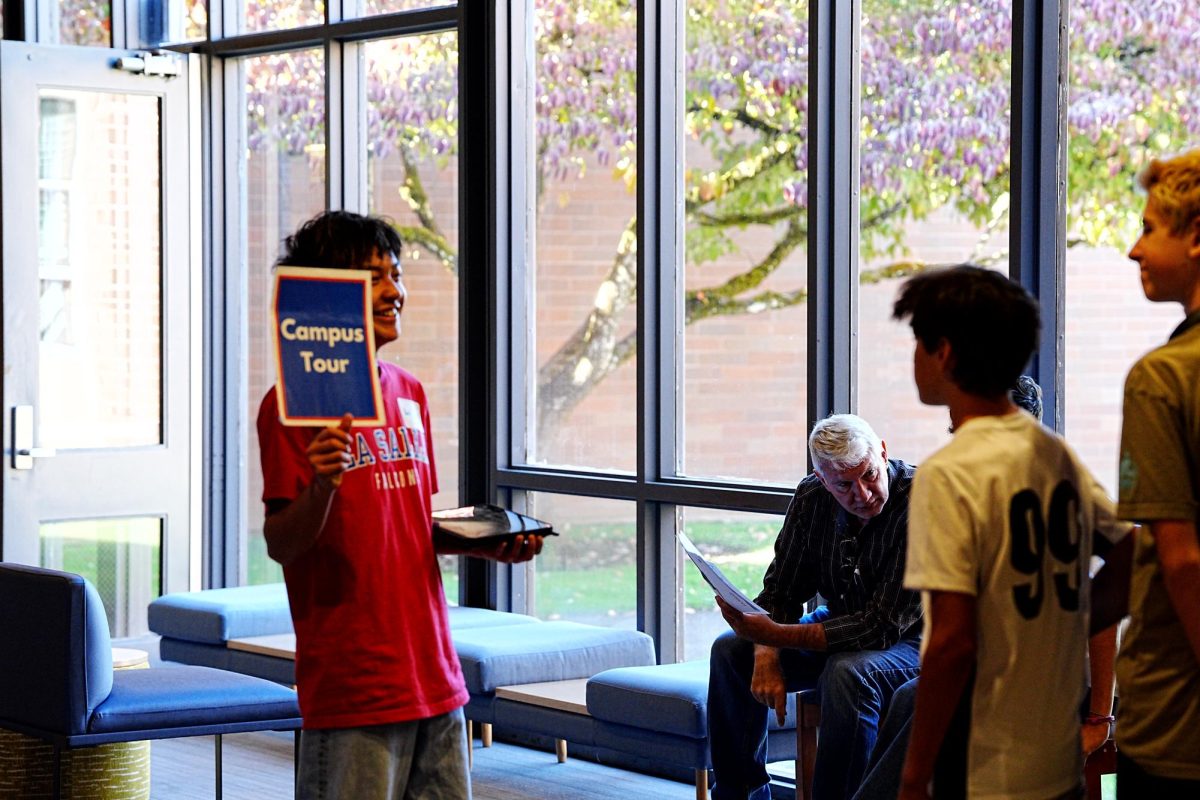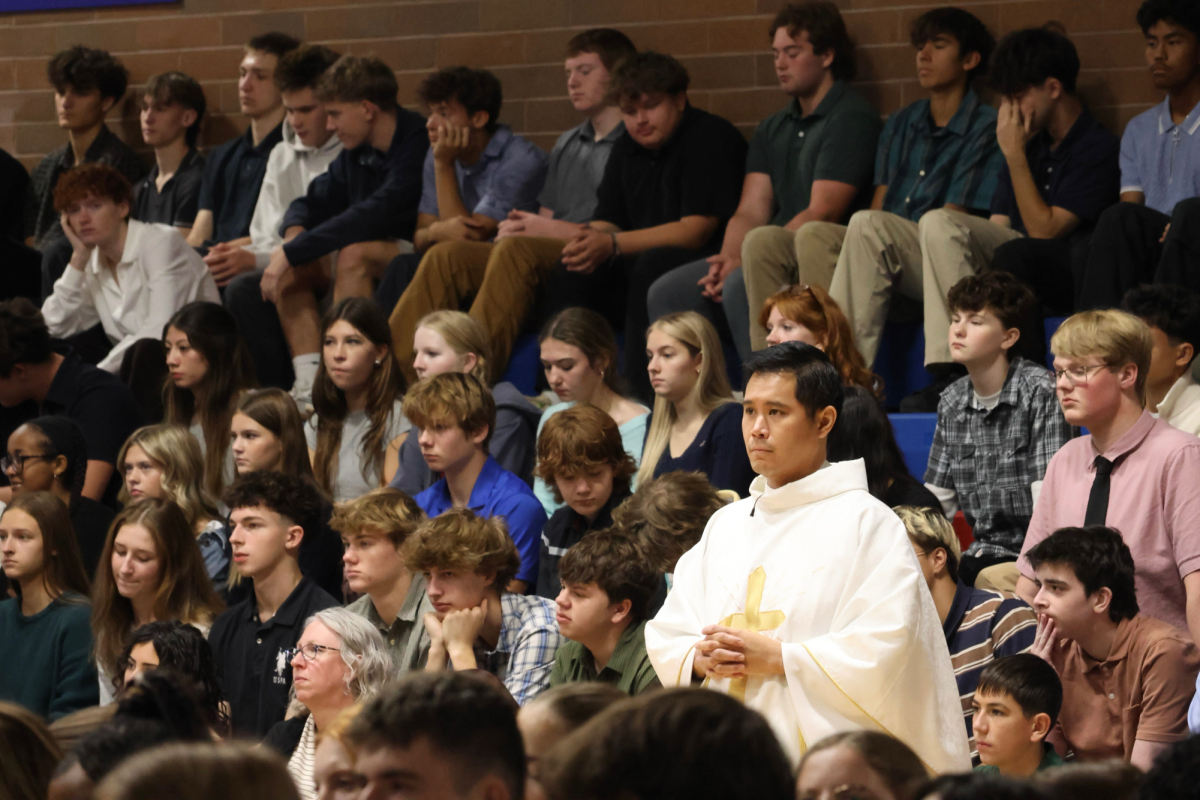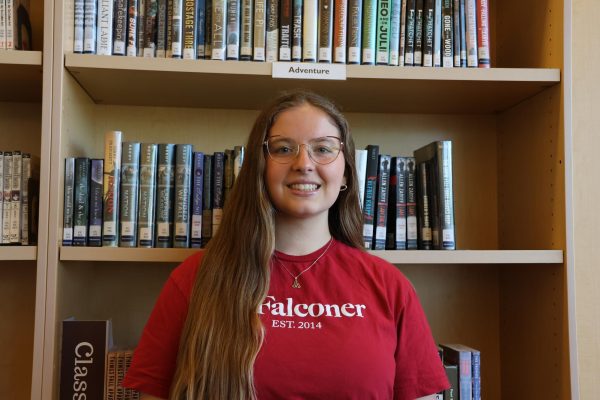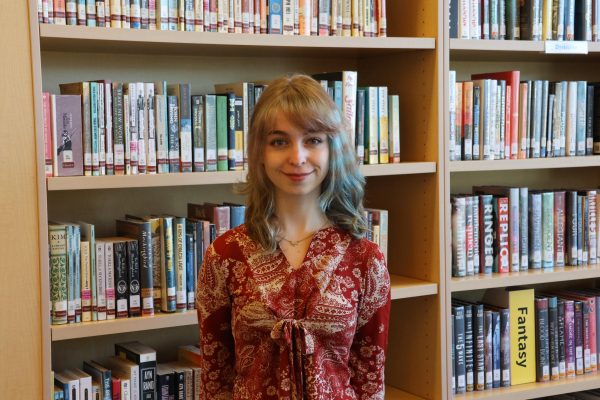Oct. 15 marked the final day of Hispanic Heritage Month, a national honoring of Latiné culture in America. Though it began as a week-long observation in 1968, this period of recognition was extended to last a month and enacted into law in 1988. It celebrates the histories, cultures, and contributions of American citizens whose ancestors came from Spain, Mexico, the Caribbean, and Central and South America.
The heritage month’s starting date, Sept. 15, is the anniversary of independence for Latin American countries Costa Rica, El Salvador, Guatemala, Honduras, and Nicaragua. The independence days of Mexico and Chile also fall within this 30-day period.
As Hispanic Heritage Month has come to an end, junior Gracie Roca reflected on her experience as part of the Latiné community.
Roca’s grandparents are first-generation Cuban immigrants who came to America in the ‘90s with her mom and began work as dishwashers, and her grandpa eventually got a job as a mechanic that financed her mom’s college.
Though she was born in America, Roca finds it easy to maintain ties to her Cuban origins, speaking Spanish at home and staying in contact with members of her mother’s side of the family, many of whom still live in Cuba. In fact, she traveled to Cuba to visit them this last summer.
“It’s important to remember where you come from and the struggles that your ancestors went through to get you where you are now,” Roca said. “I think it’s special just to remind myself where my roots are and what I celebrate, why I celebrate it, and why I am the way I am.”
While Roca was raised in an environment that differs from that of many of her peers, the incongruities between them don’t stop her from feeling at home in the La Salle community.
That’s exactly the sense of welcome and connection that Mr. Mario Garza intends to foster this year as Director of Equity and Inclusion and a student counselor.
“I think when students can connect different cultures, ethnic, racial, different sexual orientations to people that they are connected with: somebody in their family, somebody they love, somebody they respect, all of a sudden, it gets more difficult to have negative feelings about that culture,” Mr. Garza said.
Mr. Garza acts as a bridge between La Salle’s affinity groups and the leadership team, so he was a large part of the effort and planning that went into the Hispanic Heritage Month assembly held on Friday, Sept. 27. Hoping to help students understand the immigrant experience on a more personal level, Mr. Garza asked Director of Community and Student Leadership Ms. Adriana Noesi to speak about her perspective as a Latina during the assembly.
As a Venezuelan American, Ms. Noesi represents a different facet of the Latiné community, according to Mr. Garza, which is one of the reasons she was asked to contribute her story.
Ms. Noesi recounted her family’s immigration journey to the U.S. from Venezuela when she was young, and she talked about the identity struggles she experienced growing up in a different country than she was born. After her speech, Ms. Noesi was able to see how impactful her story was to several students.
“So many students that I didn’t even know came up to me,” Ms. Noesi said. “A lot of kids of color came up to me, and you could tell that they appreciated that a real story was given and that they could relate to it in some way.”
Ms. Noesi also mentioned that she hopes for people to better understand who they are while being empathetic to her story.
“It’s really about self-acceptance,” she said. “That looks different for everybody, but we all have that journey, and it’s a beautiful thing when we allow ourselves to do that.”
The assembly featured a performance by the Danza Azteca dance troupe Ollin Yollitzli PDX, showcasing several traditional Aztec dances and music. Mr. Garza attributes the idea to invite these dancers to senior Kenya Ramirez, one of the Unidos Club leaders, who attends church with some of the dance troupe’s members.
“It shows the Mexican culture,” said senior Mercedes Rodriguez, a recent addition to the Unidos Club’s leadership. “It was pretty cool to get to see other people see your traditions.”
The performance aimed to expose students and faculty alike to a part of the rich cultural history of Latiné communities and to remind the audience that these traditions existed long before colonization. Mr. Garza emphasized the importance of learning about Latiné heritage and culture before colonization and outside religious influences, and the dance troupe provided an engaging way to educate students on the subject.
“I think the arts are something that can really connect people to a lot of things,” Mr. Garza said. “So I think art can be really powerful, and in this case, dance shows that part of their history and their culture and why it’s important.”
Mr. Garza hopes that students and faculty alike take full advantage of all opportunities to learn — even ones outside the classroom — and always stay open to hearing unique stories and perspectives from people of all walks of life.
“I don’t think you can truly have an understanding of anybody if you don’t have an understanding of their family, of their culture, of their history, because for many communities, that stuff is central to everything they are,” Mr. Garza said. “If you dismiss it, whether you’re trying to or not, often you’re dismissing that person as a whole.”





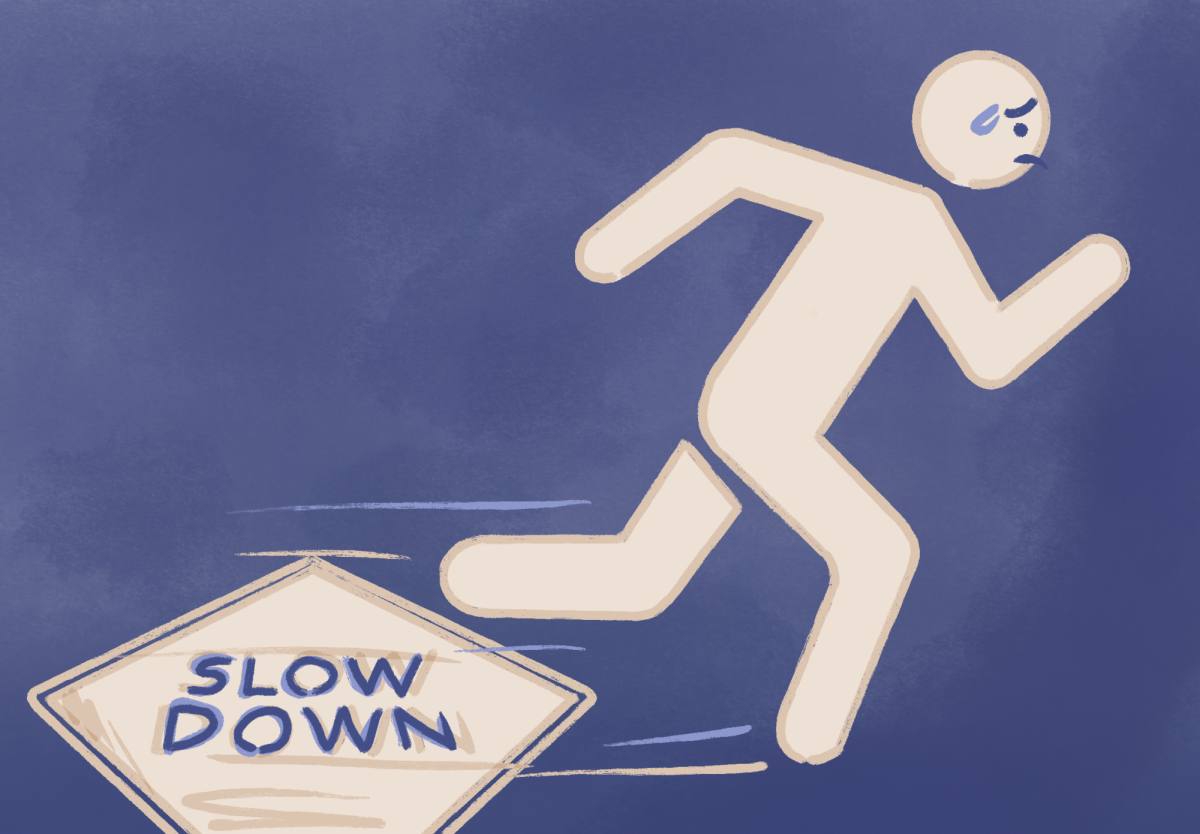

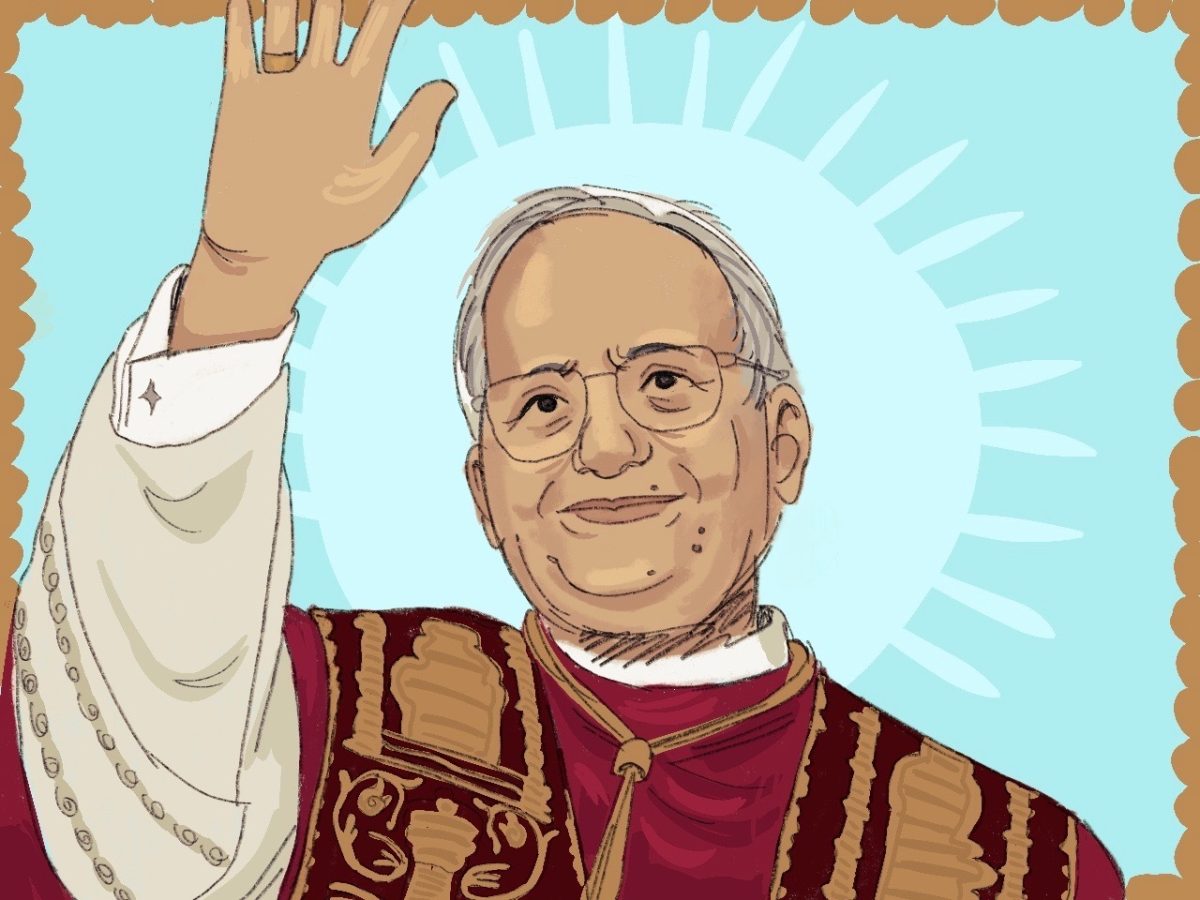

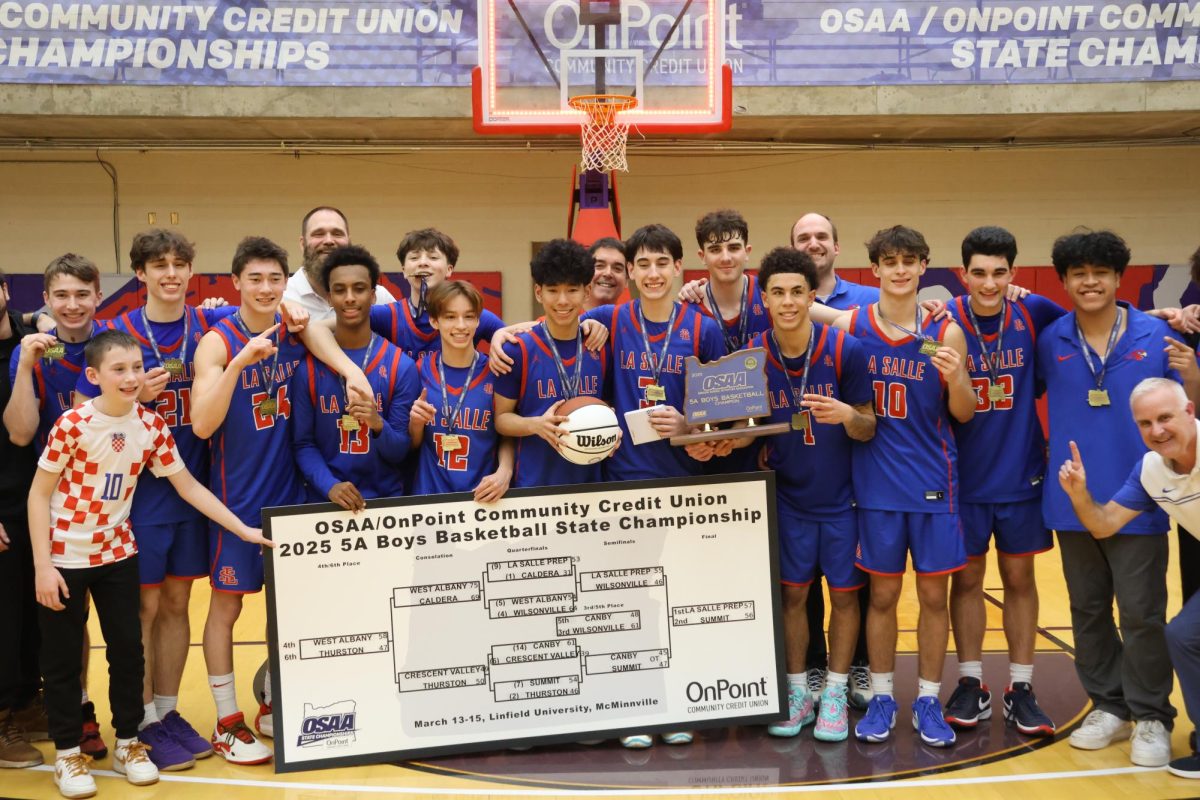

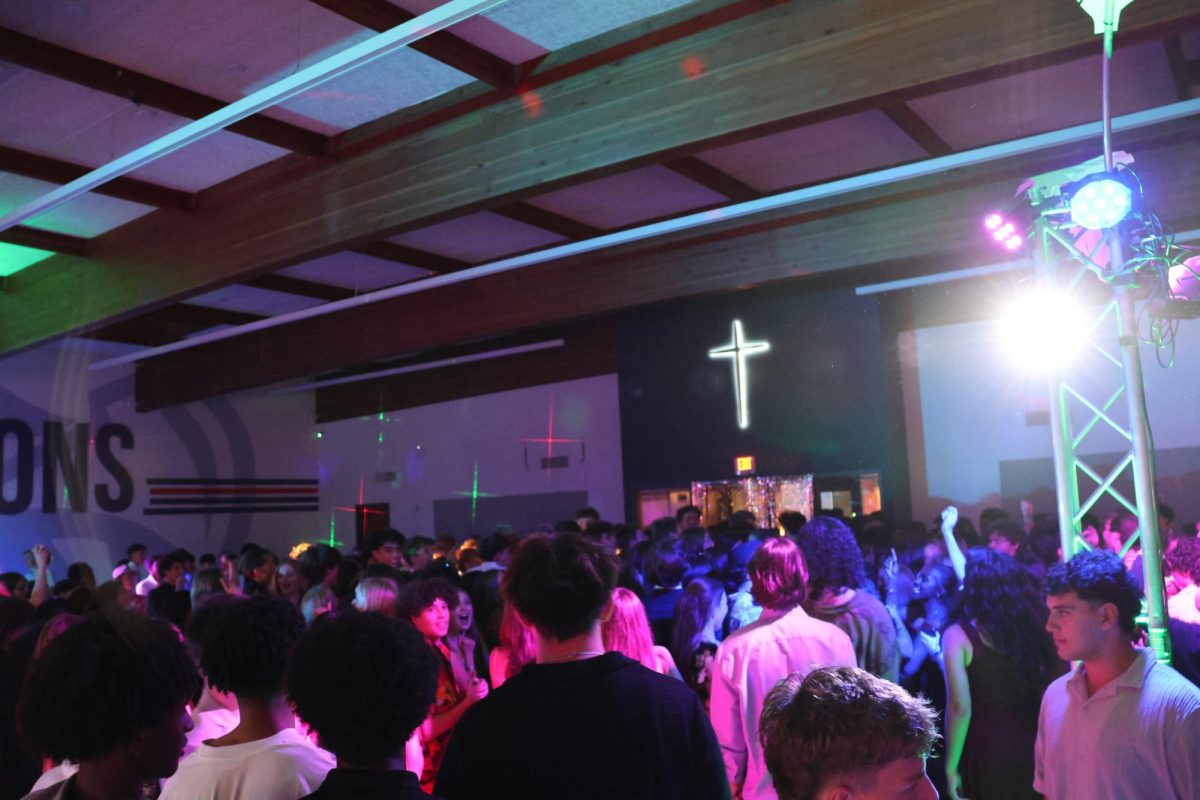
![Mr. Owen Furlong, the temporary Campus Safety Monitor, grew up near La Salle and described how Christ the King was “basically [his] backyard for a long time.”](https://lasallefalconer.com/wp-content/uploads/2025/10/115A2328-1200x800.jpeg)

